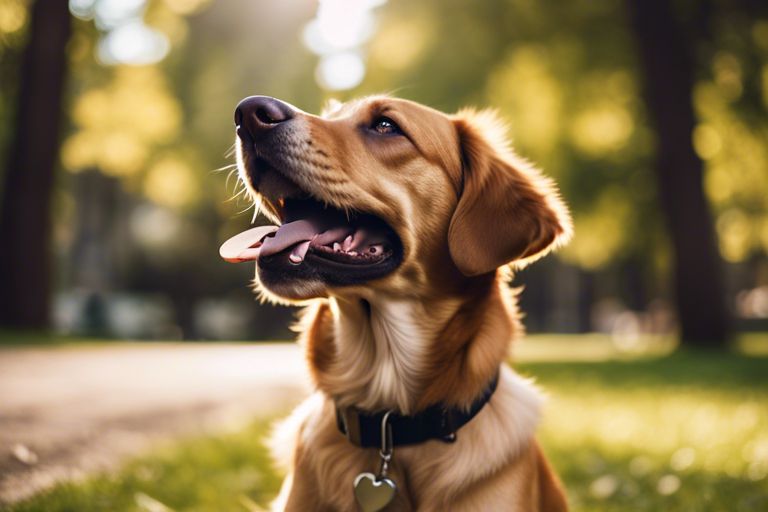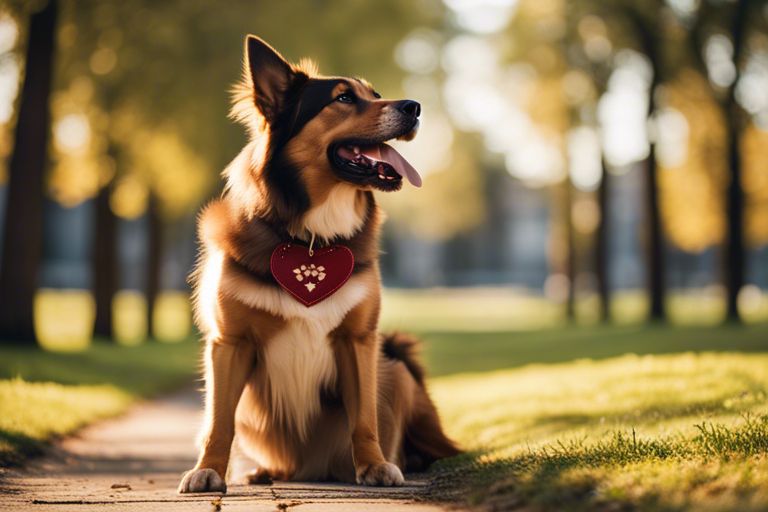Positive reinforcement is a powerful tool in shaping your dog’s behavior and fostering a strong bond between you and your furry companion. By utilizing positive reinforcement techniques, you can effectively teach your dog desirable behaviors while avoiding fear or intimidation. This blog post will explore the importance of positive reinforcement in dog training, how to effectively implement it, and the benefits it can bring to both you and your four-legged friend. Let’s explore the world of positive reinforcement and unleash the full potential of your dog’s training experience.
Key Takeaways:
- Positive reinforcement is a powerful tool: Using rewards such as treats, praise, and play to reinforce good behavior helps encourage learning and creates a strong bond between the owner and the dog.
- Consistency is key: It is crucial to be consistent with rewards and timing when using positive reinforcement in dog training. This helps the dog understand what behavior is being rewarded and leads to faster results.
- Avoid punishment: Negative reinforcement and punishment can lead to fear, anxiety, and aggression in dogs. By focusing on positive reinforcement, you can effectively train your dog while building a trusting and loving relationship.
Fundamentals of Positive Reinforcement
The Science Behind the Technique
Little is understood about the power of positive reinforcement in dog training. This technique relies on the principles of behavioral psychology, specifically operant conditioning. To put it simply, positive reinforcement involves rewarding your dog for displaying desired behaviors. By doing so, you are increasing the likelihood that the behavior will be repeated in the future.
Identifying Rewarding Behaviors
One crucial aspect of positive reinforcement is the ability to identify behaviors that are rewarding for your dog. Every dog is different, so what is reinforcing for one may not be for another. It’s important to observe your dog closely and figure out what they find rewarding. This could be treats, praise, toys, or even a game of fetch.
The key to successful positive reinforcement training is consistency. It’s crucial to provide the reward immediately after the desired behavior is displayed. This helps your dog make the connection between their actions and the consequence, increasing the chances of them repeating the behavior in the future.

Implementing Positive Reinforcement Training
Essential Tools and Rewards
Rewards are a crucial component of positive reinforcement training. The key is to find out what motivates your dog – whether it’s treats, toys, or praise. Make sure to have a variety of high-value rewards on hand to keep your dog engaged and excited during training sessions.
Setting Training Goals and Benchmarks
Essential to successful positive reinforcement training is setting clear training goals and benchmarks. Before starting a training session, have a specific goal in mind, whether it’s teaching a new trick or correcting a behavior. Break down the desired behavior into smaller achievable steps to track progress effectively.
Another important aspect of setting training goals and benchmarks is to be realistic and patient. Every dog learns at its own pace, so it’s important to set achievable goals that are tailored to your dog’s abilities and progress. Celebrate small victories along the way to keep both you and your furry companion motivated.
Advancing with Positive Reinforcement
Addressing Common Training Challenges
An necessary aspect of dog training with positive reinforcement is addressing common challenges that may arise during the process. These challenges can include issues like distractions, lack of motivation, or difficulty in generalizing behaviors to different environments. By understanding these obstacles and implementing effective strategies such as increasing rewards, breaking down tasks into smaller steps, and providing clear communication, trainers can overcome these hurdles seamlessly.
Building Complex Skills and Behaviors
Behaviors that require more complexity and precision can be achieved through positive reinforcement training. By breaking down the desired behavior into smaller achievable steps and gradually shaping and reinforcing each one, dogs can learn intricate commands or tasks effectively. This method allows for the building of a strong foundation while ensuring that the dog remains engaged and motivated throughout the learning process.
Sustaining Success and Lifelong Learning
Maintaining Behavior Through Intermittent Reinforcement
Intermittent reinforcement is a powerful tool in dog training to maintain behaviors over the long term. Unlike continuous reinforcement, where a reward is given every time the desired behavior is performed, intermittent reinforcement involves rewarding the behavior only occasionally. This method helps prevent dependence on constant rewards and encourages the dog to internalize the behavior as a regular part of their routine.
The Role of Consistency and Patience in Long-term Training
Maintaining consistency and patience is crucial for long-term success in dog training. Consistency in applying commands, rules, and rewards helps the dog understand what is expected of them consistently. By remaining patient and understanding that learning takes time, you create a supportive environment for your dog to learn and progress at their own pace.
Another vital aspect of long-term training is the ability to adapt to your dog’s individual needs and learning style. Just as humans have different ways of learning, dogs also have unique personalities and responses to training methods. By observing and adjusting your approach accordingly, you can ensure effective and lifelong learning for your furry companion.
Final Words
Drawing together the importants of positive reinforcement in dog training, it is evident that this method not only strengthens the bond between dogs and their owners but also fosters a positive environment for learning and growth. By utilizing rewards and praise to encourage desired behaviors, dogs can be motivated to repeat these behaviors willingly. Positive reinforcement serves as a powerful tool in shaping a dog’s behavior in a humane and effective manner. With patience, consistency, and understanding, dog owners can unleash the full potential of their furry companions through the power of positive reinforcement in training.
FAQ
Q: What is positive reinforcement in dog training?
A: Positive reinforcement in dog training is a method that focuses on rewarding desired behaviors to encourage their repetition. This means providing treats, praise, or toys when a dog exhibits a behavior that we want to reinforce.
Q: How effective is positive reinforcement in dog training?
A: Positive reinforcement has been proven to be a highly effective and humane way to train dogs. By rewarding good behavior, dogs are more likely to repeat it, leading to long-lasting results. It also helps build a strong bond between the dog and the trainer based on trust and respect.
Q: Are there any tips for using positive reinforcement in dog training?
A: When using positive reinforcement, it is important to be consistent, patient, and clear in your communication. Make sure to reward the behavior immediately so the dog can associate the reward with the action. Additionally, vary the rewards to keep the dog engaged and motivated.

